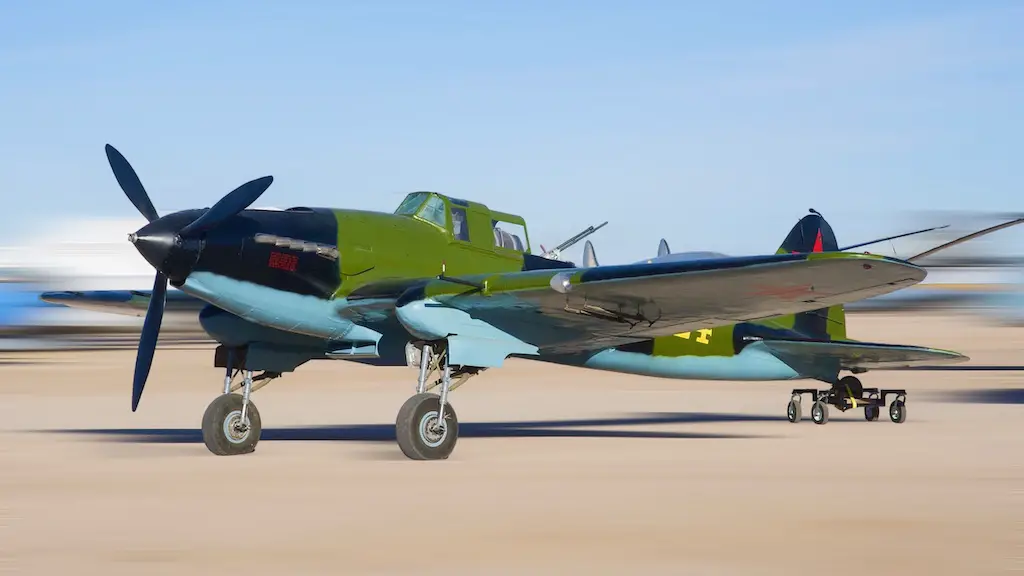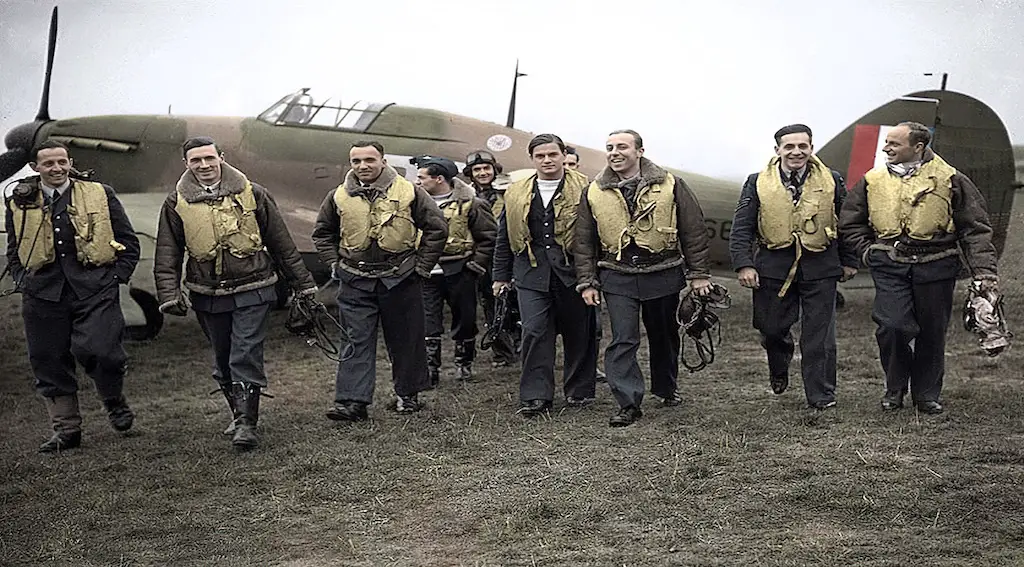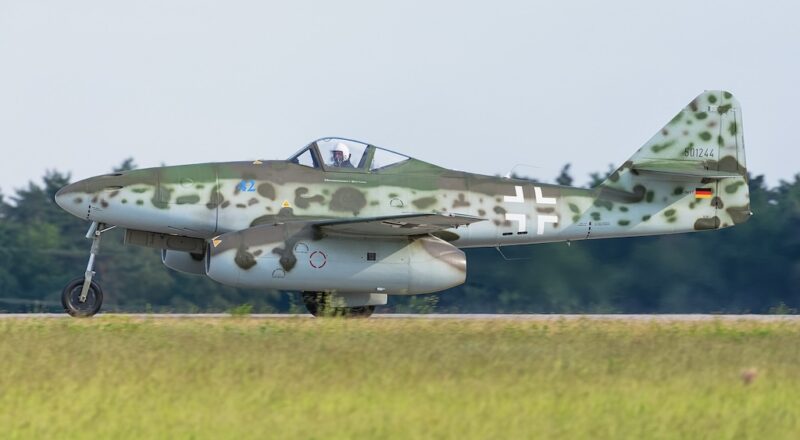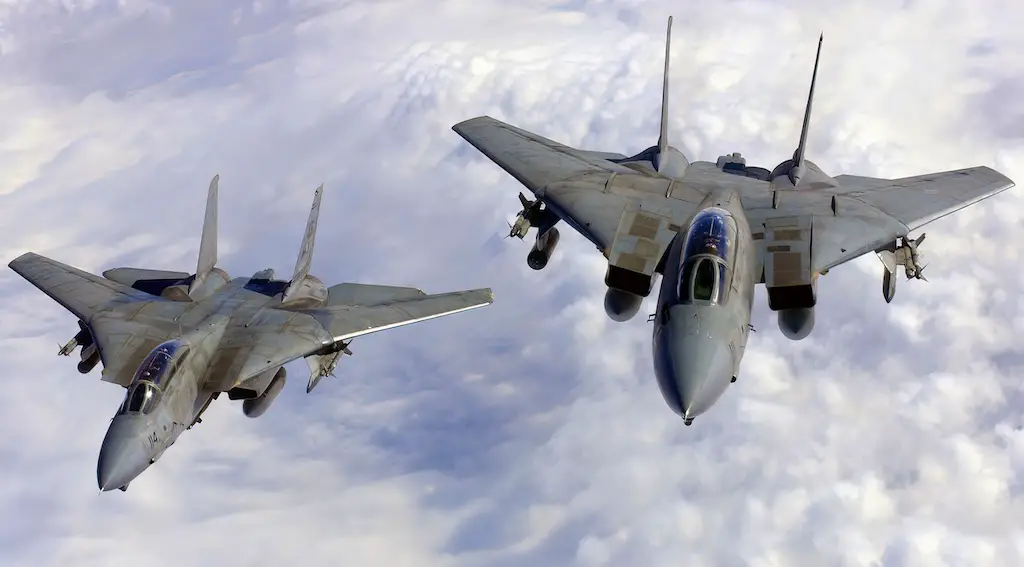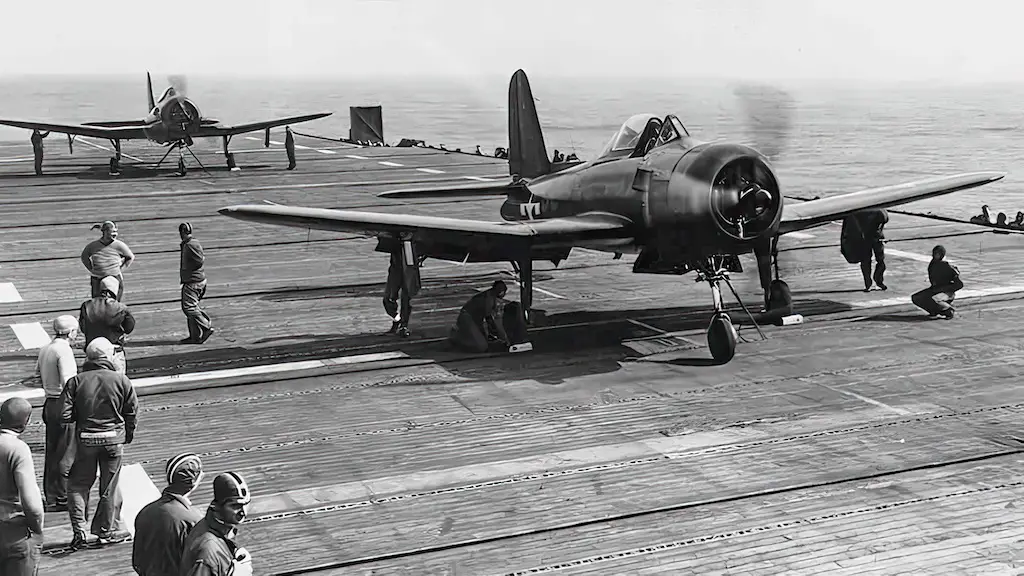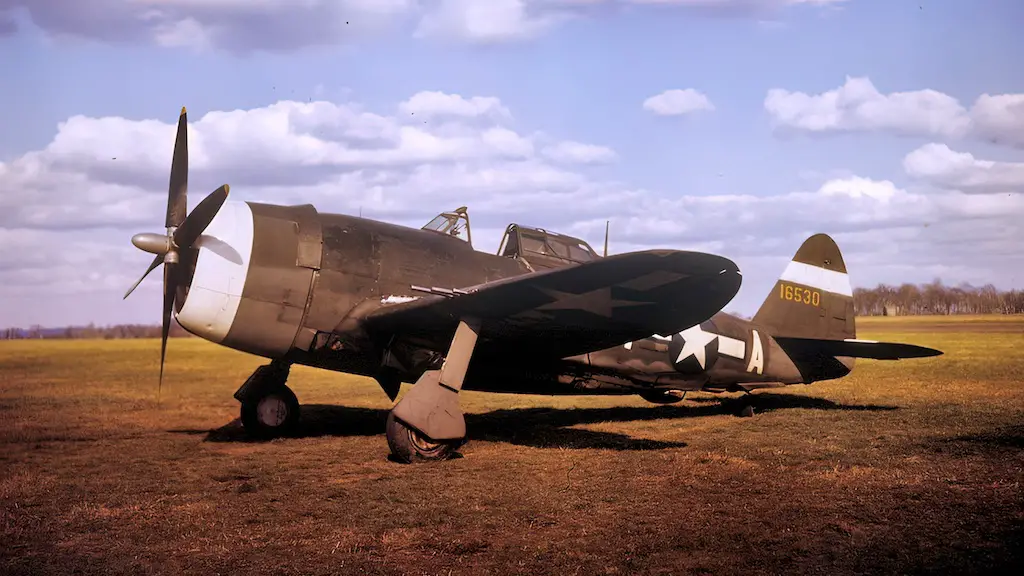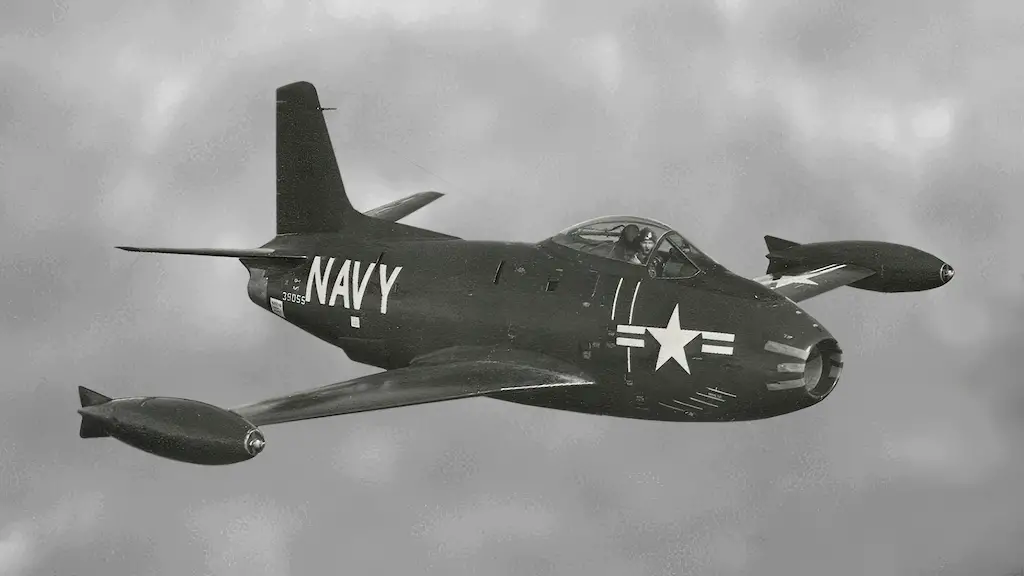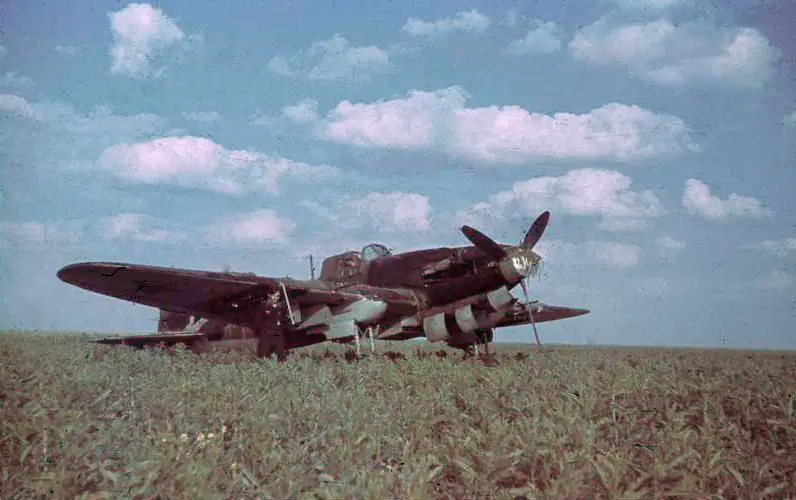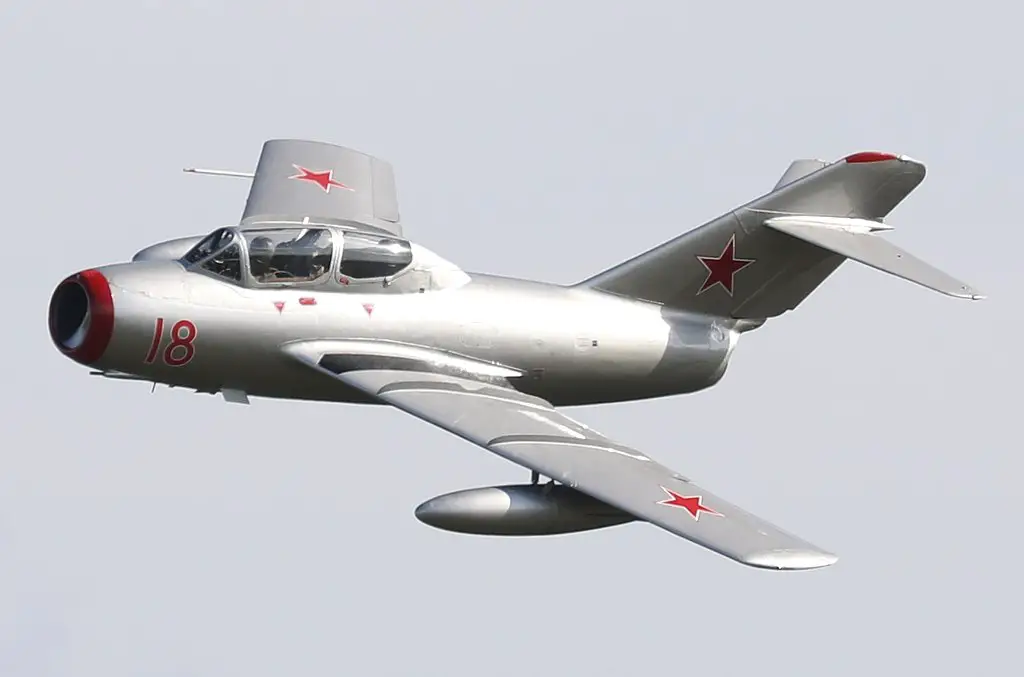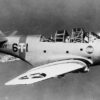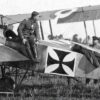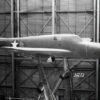The Ilyushin Il-2 was the most heavily produced aircraft in military history. Throughout World War II production from three large plants averaged about 1,200 per month and total Il-2 output exceeded 36,000. It became an iconic combat aircraft on the Eastern Front, yet despite its significance and unprecedented production, relatively few of it remain.
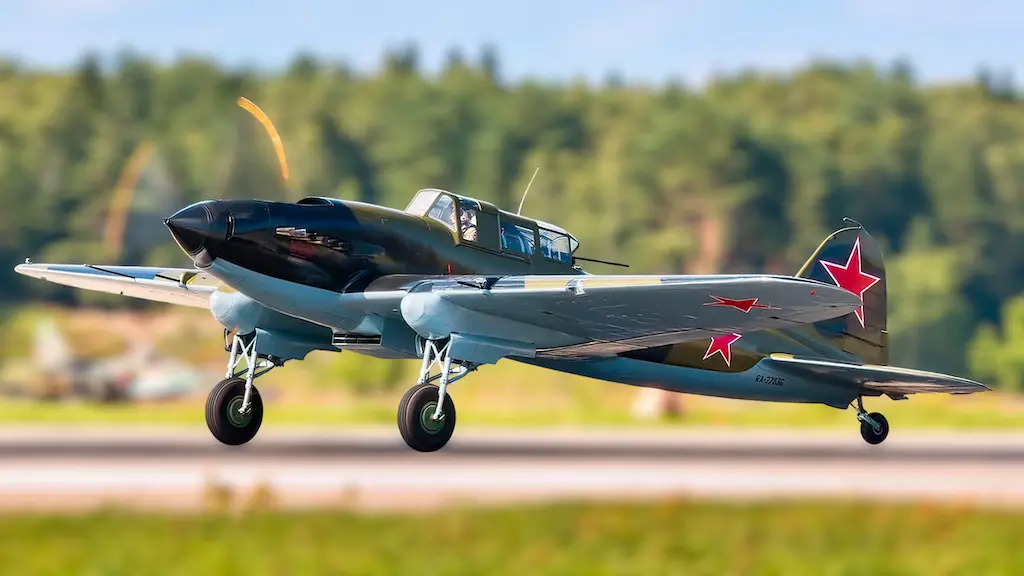
Few Remnants Left
In the late 1930s, as the war for the Union of Soviet Socialist Republics became increasingly likely, the Soviet central government became interested in developing an efficient weapon to battle armour. Designed by a team led by Sergei V. Ilyushin, the result was a plane that could destroy tanks under the designation of Ilyushin Il-2.
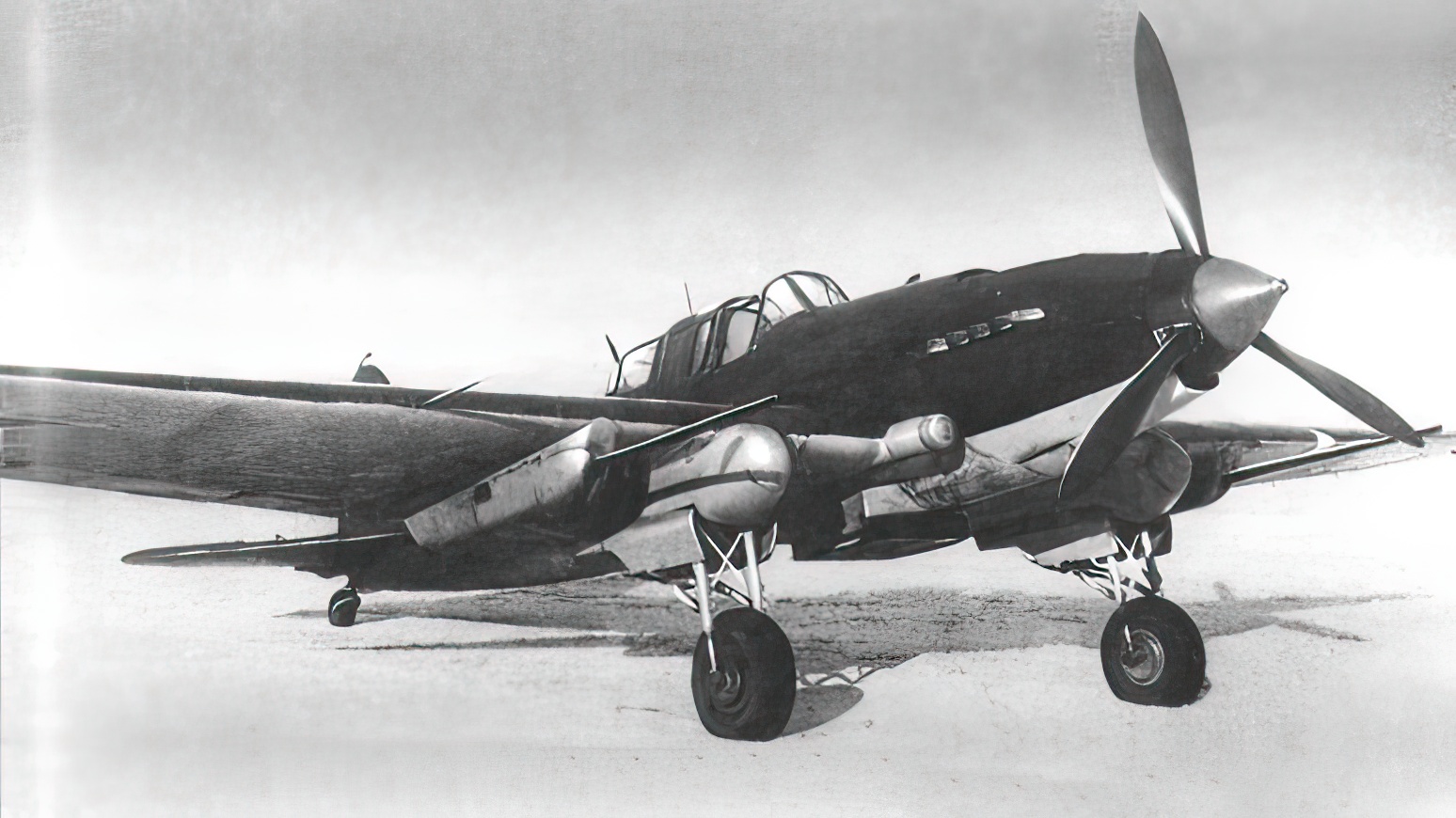
Produced just in time to face the Germans invasion of 1941 under Operation Barbarossa, the Il-2 was a heavily armoured ground-attack plane, hence, the meaning behind its moniker of Flying Tank. The armour was built into the very structure of the plane, protecting the pilot, bomb bays, fuel tank, and engine. Equipped with a wide array of armaments, its main use was to bombard and strafe targets on the ground while its armour protected it from return fire. It proved effective against German armour, in part because of the tactics developed by its pilots.
Above a battlefield, they would form the “Circle of Death,” a ring of Il-2s that could protect each other, occasionally break away to sweep down low, attack a tank, and then return to the circle. Fortified positions such as bunkers were taken out using dive-bombing tactics. At present, only a handful of Il-2s can still be found and only two of these are capable of flying which begs the question. Where did all the others go?
Wartime Losses
One of the main reasons so few Il-2s survive today is that they were subjected to the hottest battles of the war, and suffered heavy losses as a result. Official Soviet records state that 11,570 were lost during the Second World War; whereas the Luftwaffe even claimed a higher kill count against them: 6,900 in 1943 and 7,300 in 1944 amounting to a total of 14,200.
Aerial victory records are notorious for exaggerating the achievements of fighter pilots, and this was because of the nonchalant nature of counting that could lump a crash and smoking of an enemy aircraft as one. Given that knowledge, Soviet records are all the more unreliable, especially since they sometimes served propaganda purposes. Regardless of which number is closer to the truth, the one clear fact was that there were staggering losses.
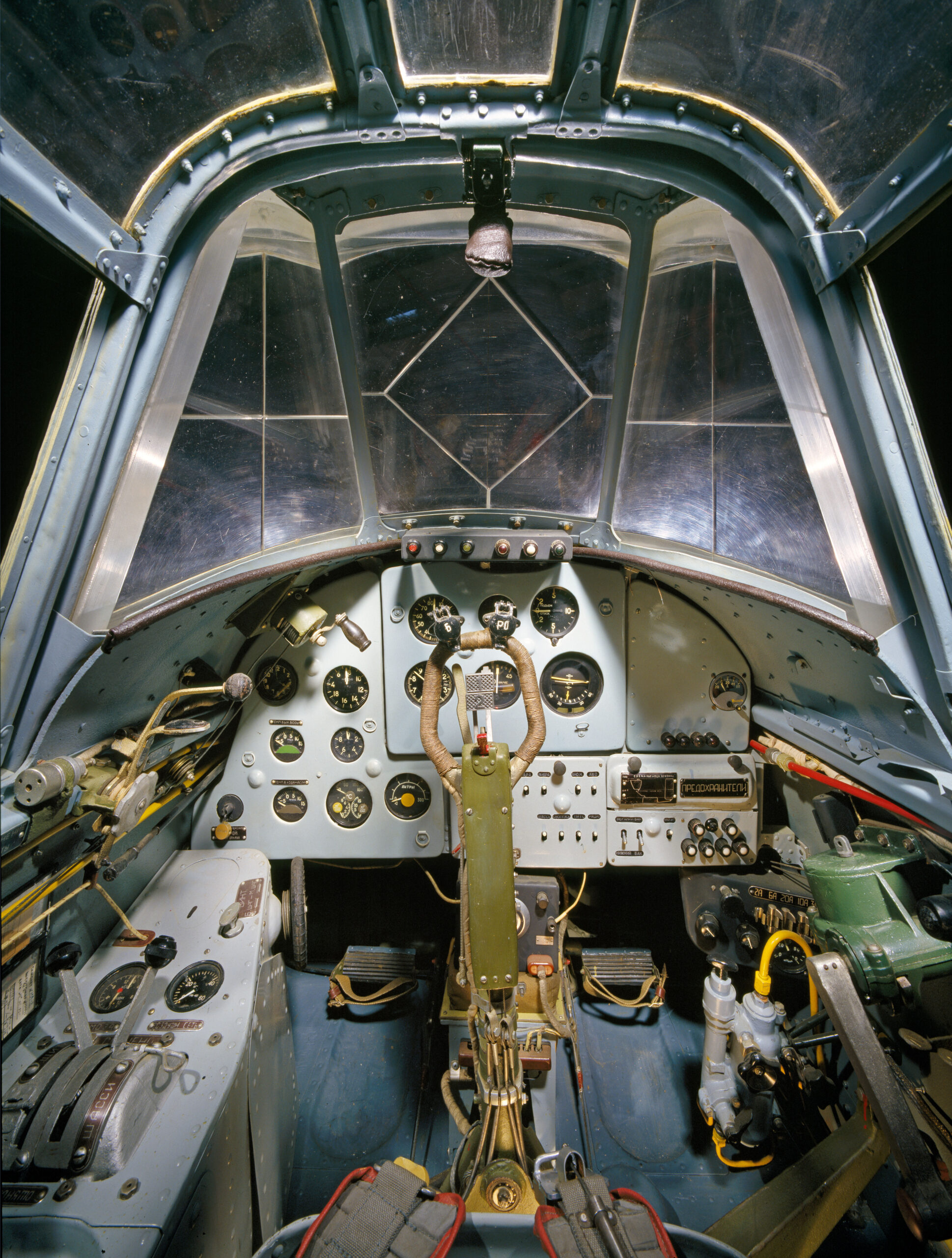
The main reason for the heavy losses was the Il-2’s vulnerability in the air. Its heavy armour protected it from ground attacks but was less useful against enemy fighters. The Il-2 stood little match against enemy fighters. It was essentially designed for toughness, but could not demonstrate agility when it came to speed and manoeuvrability.
In early 1942, when the German invasion was at its zenith, one Il-2 was lost for every 24 combat sorties. Hundreds more were also lost outside of combat in the following years. Though the details are rather blurry, such figures usually represent a mixture of accidents and damaged planes written off as beyond repair.
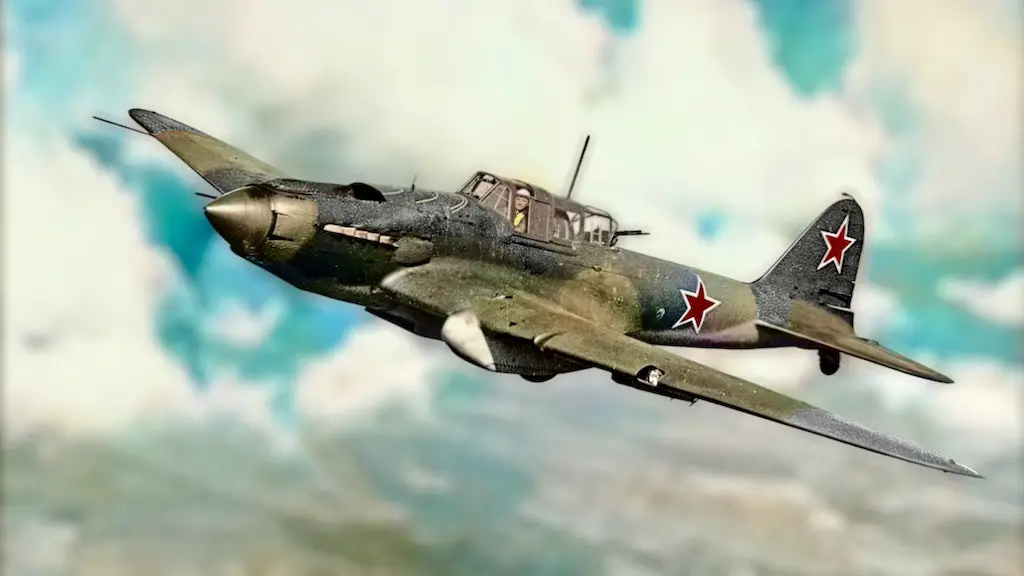
Post-war Era
The Il-2 was already being superseded by more advanced aircraft such as the Ilyushin Il-10 during the latter years of the war. Then, by the time Il-2s flew over Korea in the early 1950s, the Soviet Union was fielding MiG-15s, which proved superior to their propeller-driven predecessors. Il-2s continued to see use in several countries, but as an obsolete aircraft, there was little reason for air forces to preserve them. Most were either scrapped, neglected, or disposed of to make space for more modern machines.
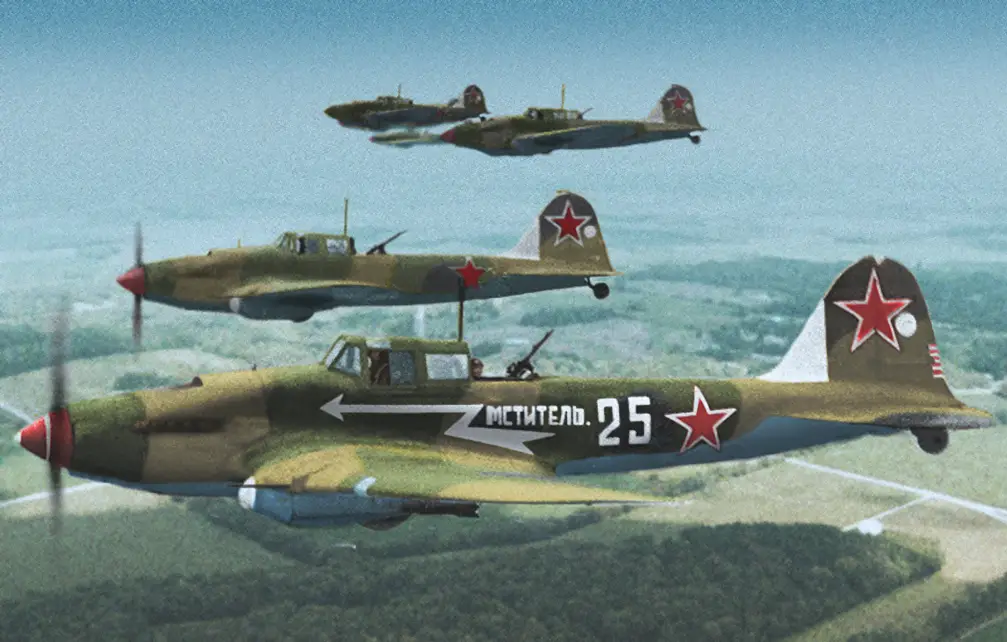
In the West, where private collectors helped to keep military history and old relics alive, it might have been preserved. However, the Soviet Union lacked both those collectors and the infrastructure to protect this part of its heritage. In recent years, that’s begun to change. Both in the Russian Federation and some Western countries, Il-2s are gaining more attention. Restoration works are being done using surviving parts, in the hopes that more might fly again.

